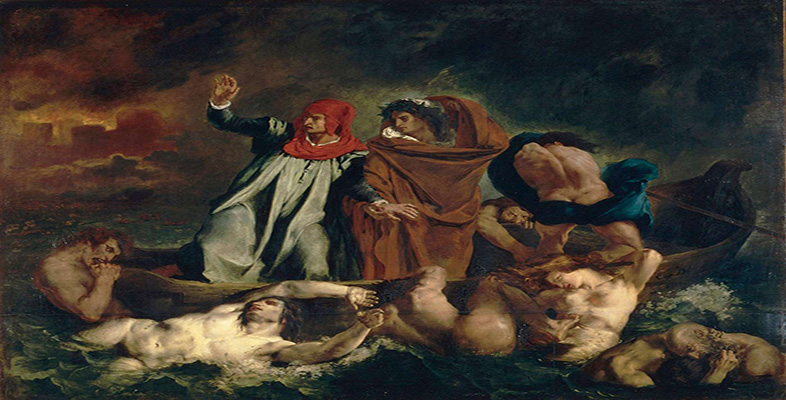4.6 From Enlightenment to Romantic thinking
The Enlightenment had typically expressed, on the one hand, the soul and imagination and, on the other, reason and intelligence in terms of incompatible opposites. Not so Delacroix:
What are the soul and the intelligence when separated? The pleasure of naming and classifying is the fatal thing about men of learning. They are always overreaching themselves and spoiling their game in the eyes of those easy-going, fair-minded people who believe that nature is an impenetrable veil. I know very well that in order to agree about things, we must name them; but henceforth they are specified.
(Pach, 1938, pp.93–4)
The view that the world is essentially an ‘impenetrable veil’ rather than a composite of knowable, classifiable and understandable phenomena represents a key shift from Enlightenment to Romantic thinking. But note how, in this Romantic statement of belief in the world as an ‘impenetrable veil’ concealing a deeper reality and apparently defying rational understanding, Delacroix does not abandon the notion of intelligence or reason so dear to the Enlightenment. Rather, he incorporates it into the inseparable whole of his artistic identity. His intelligence fuses with his ‘soul’. The Romantics broke some of the boundaries and fixed categories which the Enlightenment had been keen to establish. In this case, it is significant that Delacroix sees intelligence as part of his innermost being, trapped, with his ‘soul’, within a physical body. In his paintings, therefore, we must expect some concealment of the self, imperfectly expressed through the sensuous and the physical and mediated by the workings of the intellect. No wonder he was so dismayed when viewers saw Sardanapalus as nothing more than an orgy of sex and violence: they showed no willingness to penetrate the ‘veil’, as it were. A sceptic in matters of religion, Delacroix held views on art that nevertheless assumed the existence of something beneath and beyond the purely material. And yet we must not forget the possibility that Delacroix’s journal may be, above all, a skilful work of self-presentation and self-justification.
